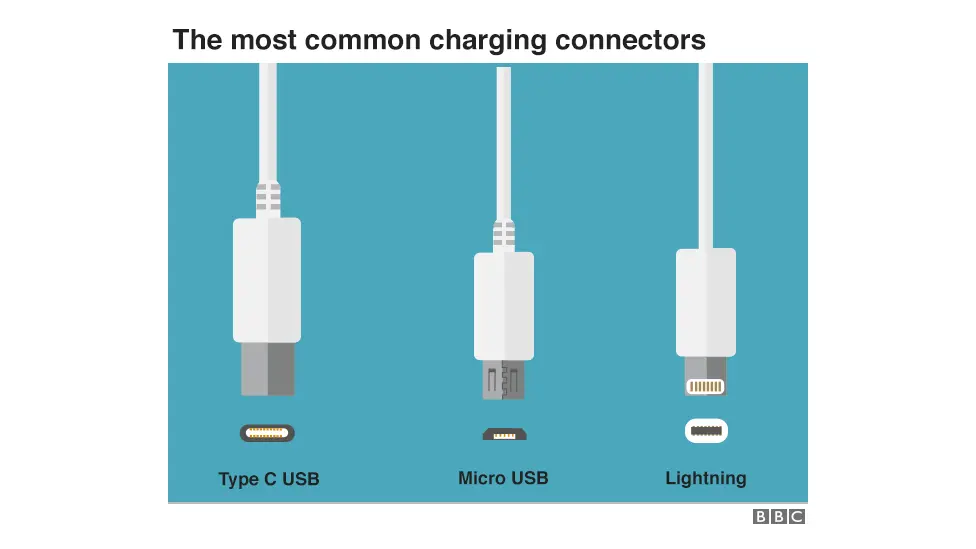Apple’s forthcoming iPhone, set to be unveiled on September 12, is highly likely to incorporate a USB-C charging port, marking a significant departure from the company’s current use of its proprietary Lightning connector, distinguishing it from competitors such as Samsung.
A European Union directive mandates that phone manufacturers must adopt a standardized charging connection by December 2024, aimed at reducing costs for consumers and minimizing electronic waste.
While many of Apple’s recent products, including the latest iPads, have already adopted the USB-C standard, Apple had previously resisted complying with the EU regulation. In September 2021, an Apple representative voiced concerns to BBC News, arguing that rigid regulations specifying a single connector type stifle innovation rather than fostering it, potentially causing harm to consumers in Europe and worldwide.
Alternative Lightning to USB-C adapters are already available from various electronics brands, including Amazon. Furthermore, Apple’s iPhones have supported wireless charging since the release of the iPhone 8 in 2017.
The iPhone 14, the current model, seems likely to be the last Apple device exclusively using the Lightning cable, potentially signaling the end of an era for this particular connector, which retails for £19 on the Apple store.
It remains uncertain whether this transition will be applied globally, as Apple is less inclined to create a separate version of the handset exclusively for the European market.
Anticipated changes are expected to be introduced in the forthcoming iPhone 15 and iPhone 15 Pro models, scheduled for unveiling at Apple’s annual autumn event next week.
According to Bloomberg news, this shift will bring numerous benefits for users, including the convenience of using a single charger for iPads, Macs, and iPhones, as well as faster download speeds.
The EU’s directive regarding common chargers encompasses a wide array of “small and medium-sized portable electronics,” including mobile phones, tablets, e-readers, computer peripherals like mice and keyboards, GPS devices, headphones and audio accessories, digital cameras, and handheld gaming consoles, among others. Any of these devices charged using a wired cable will be required to have a USB Type-C port, regardless of the manufacturer.
While laptops are also subject to these regulations, manufacturers have a longer timeline to implement the necessary changes.
The EU expects this initiative to result in annual savings of “up to €250m [£213m]” for consumers by eliminating unnecessary charger purchases and reducing electronic waste by 11,000 tonnes each year.
RECOMMENDED ARTICLE
Apple added new feature to Siri and Spotlight
iOS 17 lets users create Shortcuts actions to open specific Camera app modes
Apple Struggling With Manufacturing Larger Screen for iPhone 15 Pros
iPhone iOS 16.5.1 (c) Update: You Should Download This iPhone Update Now
iPhone 15 Pro set to come in new colors, “Crimson and Green”
Leaked iPhone 15 Pro cases gives a hint on the new USB-C port, and tweaked

